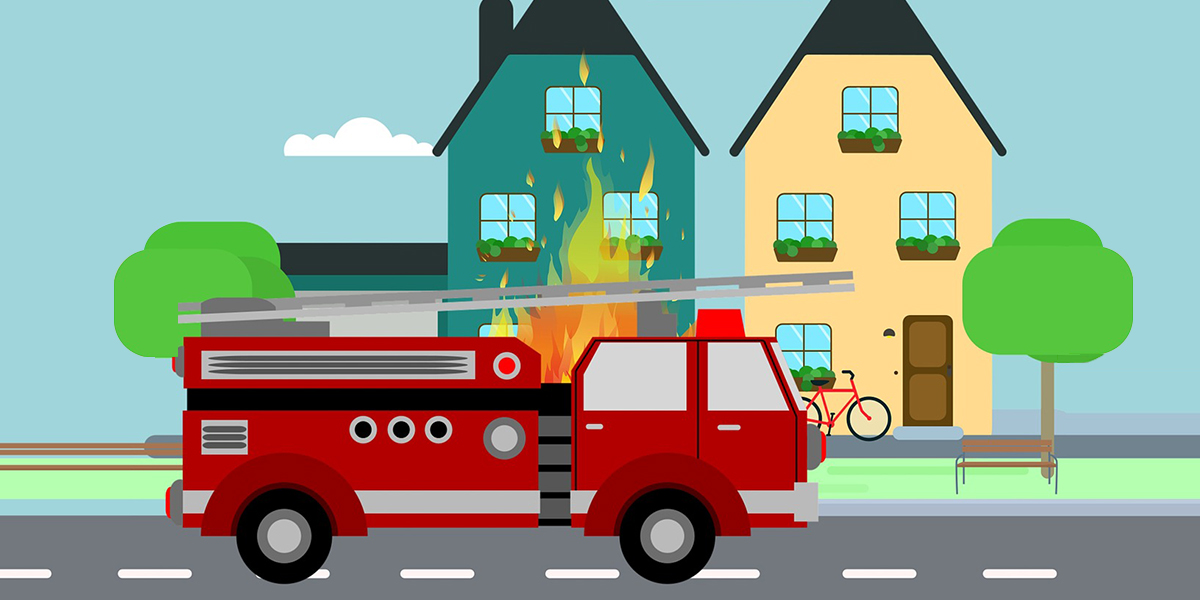Process safety: Addressing risks beyond the site boundaries

Around 40% of fatal workplace accidents are caused by transportation. Slips, trips, and falls, contact with objects, and workplace violence make up the next three (of the seven reasons listed by the Bureau of Labour Statistics), each accounting for around 15% of all injuries.
Given that, would it be preferable for us to focus on concerns of workplace safety in general or driver safety specifically?
Occupational Disasters
An industrial tragedy is one that takes place in a manufacturing setting and leaves at least 10 people dead.
Why 10?
More than ten times as many people are afraid of hazards that kill one person than those that kill ten.
The anxiety of hazards that kill 100 people is greater than the fear of hazards that kill 10, but not much more so. According to research, there is no difference between people being afraid of dangers that could kill 1,000 people and those that could kill 100.
Recently, we’ve been surprised by how little we discuss process safety once the dangerous chemicals we produce have been loaded and distributed. Our job is complete once the product is on the road (or the trains, or the sea).
Process safety, however—the worry about fires, explosions, and toxic releases—does not stop at the boundary. More than a third of those involved the delivery of ammonium nitrate. Four involved cargo ships carrying ammonium nitrate exploding.
Three of these included ammonium nitrate-laden carriages being pulled by freight trains that exploded. Six of these were vehicles carrying loads of ammonium nitrate exploding.
This isn’t my job.
The fence line is where the OSHA regulation for Process Safety Management, codified in 29 CFR 1910.119, ends. In reality, it doesn’t start until the train engine drives away or a trailer is dropped. The truck or railcar then serves as a storage vessel.

Hazardous materials are not within OSHA’s supervision before that time and while they are on public property; rather, the Department of Transportation is in charge of them. Additionally, it provides guidelines and standards for cars, drivers, and loads.
That is how it should be. Where the expertise is, should be the jurisdiction. However, there are several instances at the plant level where the knowledge of process safety specialists can increase road safety.
Drivers
All drivers should be in possession of a commercial driving license. However, some people possess a CDL, whereas others have both a CDL and 40 years of expertise.
However, driving experience does not always equate to hauling the load they have picked up at your factory. An experienced driver is more likely to handle atypical road circumstances with better skill.
Speak with them. Describe the material’s risks. Give them the Safety Data Sheet instead of expecting them to understand it on their own. You’ve probably seen Safety Data Sheets, but understanding what they contain requires knowledge and experience.
It is illogical to anticipate that a truck driver, who is employed for their aptitude at driving a vehicle, will also analyse a Safety Data Sheet, even if they undoubtedly might be. But in case they’re not, speak with them.
Inquire of them what they would do if a brake fire occurred. The jack-knife, an accident that causes a leak. True, it is the driver’s responsibility to know the answers; it is not your responsibility. But you are free to pose the queries. Help them to come up with solutions if they are unable to do on their own.
Placards
Make that a truck is properly placarded before it leaves your facility. Those signs are not intended for you. Any placard won’t be able to tell you more about what is in the truck than you already do. The motorist does not use them.
The driver has shipping documents with information about their cargo.
No, the placard is for any emergency personnel who must attend to a truck-related incident. Emergency personnel are taught to approach truck accidents from the upwind and uphill sides and to first look for placarding on the truck before deciding how to proceed.
The brief time it takes them to do this task could mean the difference between life and death. And far too frequently, first responders are the ones who suffer fatalities or severe injuries during an incident.
If the placards are incorrect, they won’t have a chance to act morally.
Trucks
Take a look at the truck when it first arrives to pick up a load.
Does it seem to be in decent condition? Most brake fires happen in the first 50 miles of a trip. Do the brakes have a hot odour? Is the trailer dry and spotless? Although cross-contamination between loads normally only leads to quality problems, it can sometimes cause accidents on the road.
Look again before the truck drives off. Are the valves shut tightly? Are the caps firmly in place? The load is the driver’s responsibility, although additional eyes may be helpful.
We Owe It to Ourselves
Roadside process safety is distinct from plant-based process safety. It falls under a different legal system, and with good reason. However, that does not imply that we, as experts in process safety, have no responsibility.
We have the ability to increase both plant and road safety. Through preparing them with training such as eLearning courses, workers shall seek safety wherever they shall go.
That will continue to be the case up to a distant future time when everything is produced and used locally. Consequently, whether we like it or not, we have a duty to make the roads and our plants safer.



Really Nice Article Thanks for sharing this wonderful article